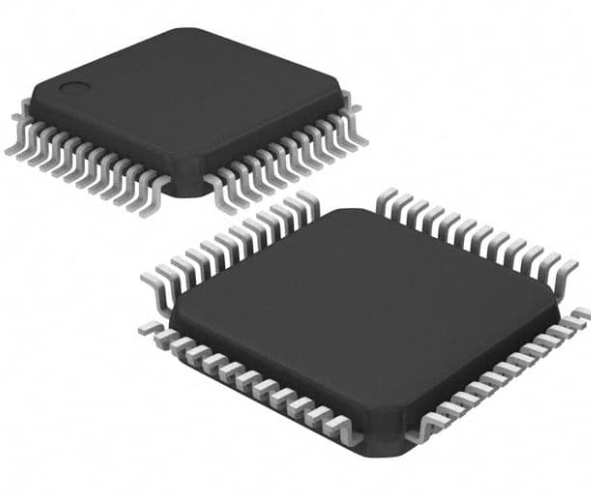
In today’s digital age, electronic devices have become an integral part of our daily lives. From smartphones to smart homes, electronic components power the gadgets and technologies that make our world more connected and convenient. However, for many, the inner workings of these components remain a mystery. In this blog post, we’ll embark on a journey to demystify electronic components, exploring the fundamental building blocks that drive modern technology.
The Role of Electronic Components
Electronic components are the essential ingredients in the recipe for creating electronic devices. They are the miniature, specialized parts that work together to perform specific functions within a circuit. Whether it’s amplifying signals, storing data, or regulating voltage, each component plays a crucial role in making electronic devices function as intended.
Let’s delve into some of the most common electronic components and understand how they contribute to the world of electronics.
- Resistors: Limiting the Flow
Resistors are the traffic cops of electronic circuits. They limit the flow of electrical current, ensuring it doesn’t exceed safe levels. By adjusting the resistance value, engineers can control the voltage and current in a circuit, making resistors a vital component for setting the desired operating conditions.
- Capacitors: Storing Energy
Capacitors are like tiny batteries that store electrical energy and release it when needed. They play a significant role in filtering out noise and stabilizing power supplies in electronic devices. Capacitors come in various sizes and types, allowing engineers to fine-tune their performance.

- Diodes: One-Way Streets
Diodes act as one-way valves for electrical current. They permit the flow of current in one direction while blocking it in the opposite direction. This property makes diodes essential for rectifying alternating current (AC) into direct current (DC) and protecting circuits from reverse voltage.
- Transistors: Amplifying and Switching
Transistors are the workhorses integrated circuit of modern electronics. They can amplify weak signals, act as switches, and form the basis of digital logic circuits. The development of transistors revolutionized the electronics industry, paving the way for smaller, more powerful devices.
- Integrated Circuits (ICs): Miniature Powerhouses
Integrated circuits, or ICs, are complete electronic systems packed into tiny silicon chips. They can contain millions of transistors and other components, enabling complex functionality in a small package. ICs are the driving force behind computers, smartphones, and countless other devices we rely on daily.
- Inductors: Storing Magnetic Energy
Inductors store energy in a magnetic field and are commonly used in applications involving power conversion and filtering. They resist changes in current, making them crucial for maintaining stable power supplies.
- Sensors: Capturing Data
Sensors are electronic components that detect and measure physical quantities such as temperature, light, pressure, and motion. They convert these real-world inputs into electrical signals that can be processed by other components or microcontrollers.
Electronic components are the unsung heroes behind the electronic devices we depend on. Understanding their roles and capabilities can empower us to appreciate the technology we use daily and inspire the next generation of innovators and engineers. As technology continues to advance, electronic components will evolve and become even more critical in shaping our future. So, the next time you pick up your smartphone or use a smart appliance, take a moment to think about the intricate dance of electronic components that make it all possible.